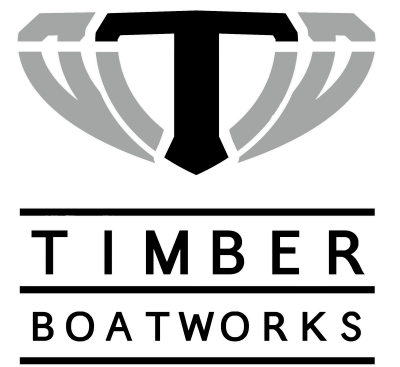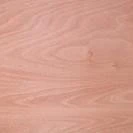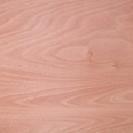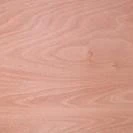Handmade. Adventure Ready.
Marine plywood is manufactured from durable face and core veneers, with few defects so it performs longer in both humid and wet conditions and resists delaminating and fungal attack. Its construction is such that it can be used in environments where it is exposed to moisture for long periods. Each wood veneer will be from tropical hardwoods, have negligible core gap, limiting the chance of trapping water in the plywood and hence providing a solid and stable glue bond. Some terms that you will see are BS1088, BS6566, and WBP, and there a few woods out there.
British Standard (BS) is a certifying process similar to the Canadian Standards Association (CSA) or ANSI. Marine plywood can have other standards, but British Standard is the most common.
BS 1088 is the British Standard specification for marine plywood that applies to plywood produced with untreated tropical hardwood veneers that have a set level of resistance to fungal attack. The plies are bonded with Weather Boil Proof (WBP) glue. The face veneer must present a solid surface that is free from open defects. Face veneers must be free of knots other than "sound pin" knots.
BS 6566: This standard is very similar to the BS 1088 with somewhat reduced quality. It is a marine plywood standard using the same glues, but has somewhat more relaxed requirements as to the quality of the veneers. The face veneers are often of slightly lower grade and thinner. There are no voids and requirements for joins are similar.
WBP or EN 314-2 Class 3: Glues used in exterior and marine plywood that will be exposed to water and weather is described as WBP (Weather and Boil Proof). This only means that a plywood sample glued with this adhesive does not delaminate after a prolonged period of boiling. It is NOT a description of the type of glue. WBP only describes its characteristics. An example of what a Class 3 standard glue is the Shear Test pre-treatments. The EN314-2 Class 3 standard subjects the plywood to "Immersion for 72 hours (±1) in boiling water , followed by cooling in water at 20°C (±3°) for at least 1 hour" before testing the glue hold.
Okoume: Also called Gaboon, okoume is used in the manufacture of plywood. It is about 8–12% lighter than the other main marine plywood, meranti, that is commonly used in boat building, but is not as stiff. This is useful when a boat design calls for tight-radius bends. Most often okoume is used in combination with epoxy and fibreglass, the combination giving a structure that can be stronger and lighter than plastic or fibreglass, rivalling the performance characteristics of more advanced composites such as carbon fibre. The grain appearance is prized, likened to that of mahogany, and is often varnished for a decorative appearance.
Subscribe
Sign up to get the latest on sales, new releases and more …



